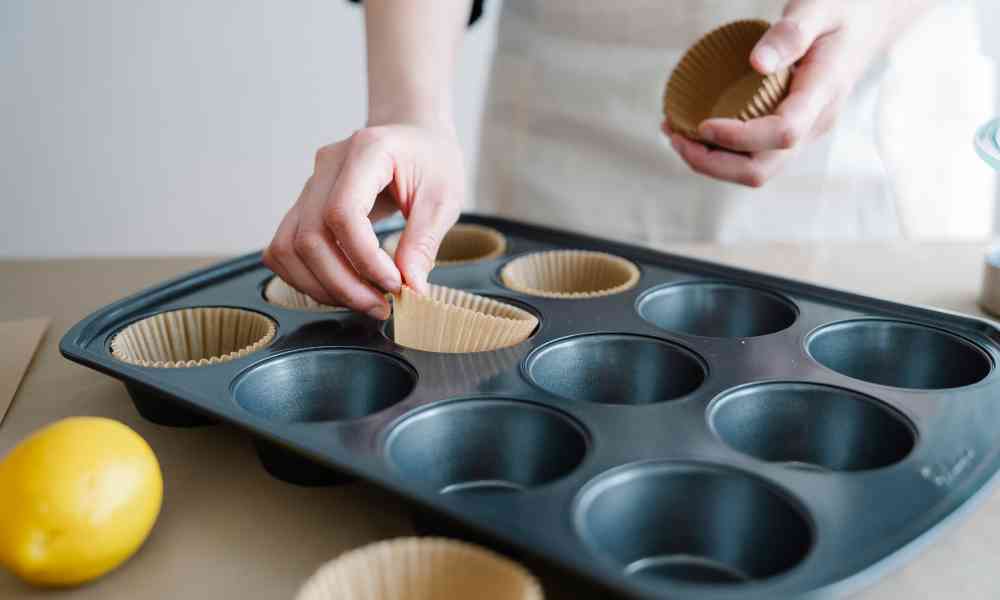Clean glass bakeware—a kitchen ally as realistic as it’s miles adorable. These strong, transparent dishes are extra than just cookware; they’re culinary canvases that transition seamlessly from oven to desk. But their brilliance can fade quick whilst stubborn grease or baked-on dirt units in, leaving you with a cleansing conundrum.
Fear now not! This guide dives into the art and technological expertise of cleansing glass bakeware, unveiling strategies both current-day and undying to restore their gleam. Whether you are dealing with the aftermath of a bubbling lasagna or burnt tarts, you’ll locate the suitable treatment to breathe new lifestyles into your glass bakeware.
Understanding Glass Bakeware
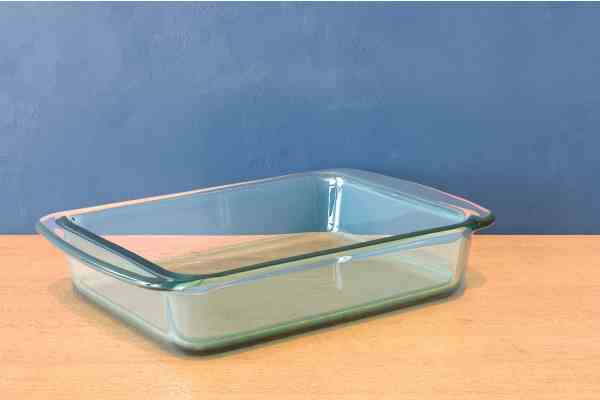
Silicone bakeware offers flexibility and sturdiness that cup bakeware can’t suit. Unlike glass, which heats lightly and keeps warmness, silicone bakeware presents clean release of food with its non-stick homes. It’s mild-weight, microwave-safe, and perfect for baking sensitive treats. Understanding glass bakeware is prime for knowing even as to use each cloth.
What Makes Glass Bakeware Unique?
Glass bakeware is a surprise of fabric era, designed to endure and beautify. Its thermal residences make certain even cooking, removing heat spots that plague metal pans. Additionally, its non-reactive surface makes it ideal for acidic recipes, retaining the proper taste of your culinary creations.
Common Types of Clean Glass Bakeware and Their Uses
From deep-dish pie plates to square casseroles, glass bakeware is available in all styles and sizes. Some are oven-one-of-a-kind, at the equal time as others moonlight as serving dishes, their beauty raising any dinner table. Understanding their intended cause safeguards closer to cracks or misuse.
Benefits of Using Clean Glass Bakeware Over Other Materials
Unlike metallic or plastic, glass is impermeable, resisting stains and odors at the same time as keeping its structural integrity over time. Eco-conscious chefs love its recyclability, while aesthetes recognize its readability—a window to their culinary artistry.
Preparing to Clean Glass Bakeware
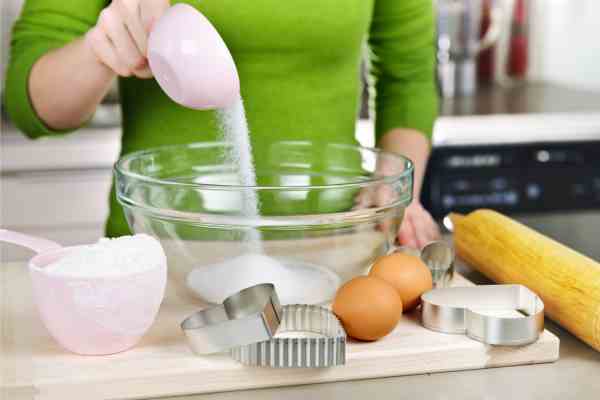
Essential Cleaning Supplies You’ll Need
Begin your cleansing journey armed with the necessities: a smooth sponge, dish soap, baking soda, white vinegar, and a microfiber fabric. Optional however powerful equipment include plastic scrapers for stubborn spots and old toothbrushes for nooks and crannies.
Choosing the Right Cleaning Agents: What’s Safe and What to Avoid
Gentle is the call of the sport. Mild dish cleaning soap works wonders, whilst abrasive cleaners and metallic wool need to be relegated to the “by no means” pile. These can mar the floor, leaving scratches that invite destiny dust.
Safety Precautions to Keep in Mind
Glass is resilient however not invincible. Avoid speedy temperature modifications—plunging hot bakeware into cold water may want to bring about a dramatic crack. And if your bakeware has chips or fractures, take care of with care to avoid damage.
General Cleaning Tips for Glass Bakeware
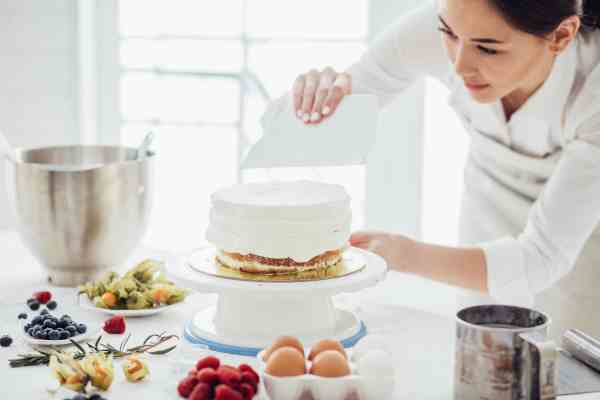
Step-by using-Step Guide to Routine Cleaning
1.Allow your bakeware to chill to room temperature.
2.Rinse it below heat water to loosen floor particles.
3.Apply some drops of dish cleaning soap to a sponge, then scrub in mild round motions.
4.Rinse very well and dry with a lint-free cloth to keep away from streaks.
How to Prevent Stains and Build-Up with Regular Maintenance
Consistency is prime. Rinse bakeware straight away after use, and in no way allow greasy or sticky remnants sit overnight. For extra protection, a mild pre-wash earlier than storage continues stains at bay.
Dealing with Stubborn Stains
How to Remove Burnt-On Food Without Scratching
Burnt remnants regularly hold tenaciously to glass. Mix a paste of baking soda and water, unfold it over the affected vicinity, and let it rest for 15 mins. Gently scrub away with a soft sponge for a scratch-loose answer.
Using Natural Solutions for a Chemical-Free Clean
For an eco-friendly technique, mix identical components vinegar and water inside the dish. Let the solution soak for 30 minutes earlier than rinsing. The acidity dissolves grime while leaving no toxic residues.
Baking Soda and Vinegar: A Magic Duo
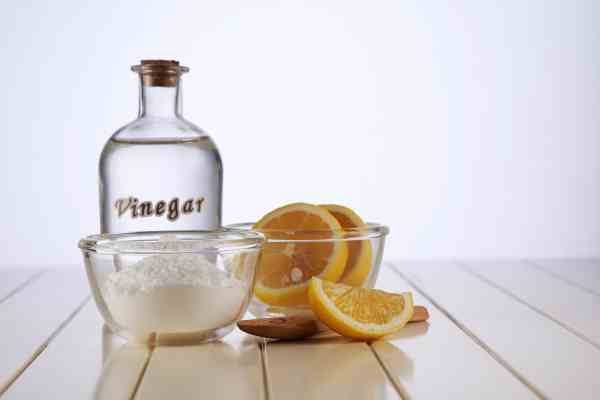
How Baking Soda and Vinegar Work Wonders on Glass Bakeware
The fizzy interplay of these common household gadgets is more than theatrical; it’s a powerhouse for grime removal. The bubbling lifts dust, while the aggregate’s slight abrasiveness polishes surfaces to perfection.
Step-by way of-Step Instructions for Using This DIY Cleaning Method
1.Sprinkle a generous layer of baking soda onto the trouble .
2.Pour vinegar over the soda—watch as it fizzes delightfully.
3.Allow the aggregate to sit down for 10-15 mins. then scrub and rinse.
Tackling Grease and Oil Residue
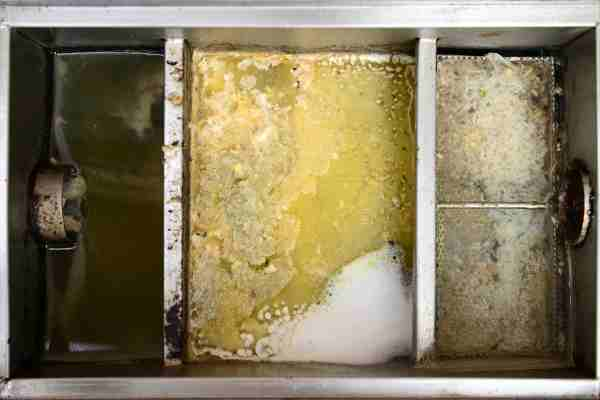
The Best Way to Eliminate Greasy Film from Glassware
Hot water is your secret weapon. Fill the bakeware with soapy water & allow it soak for 20 minutes. The warmness melts cussed grease, making it less complicated to scrub away.
Why Hot Water is Key to Removing Oil-Based Stains
Grease hardens because it cools, adhering to surfaces with stubborn tenacity. Heat re-liquefies the oils, permitting them to dissolve effects.
Removing Discoloration and Cloudiness
How to Restore the Clarity of Your Glass Bakeware
Cloudy spots are regularly the end result of mineral deposits. A scrub of lemon juice and baking soda restores the bakeware’s transparency, leaving it as clean because the day to procure it.
Using Lemon and Salt for a Natural Shine
Salt acts as a gentle abrasive, while lemon’s acidity cuts via construct-up. Rub a salted lemon over the floor for a mind-blowing finish.
Specialized Cleaning Techniques
Cleaning Tough Corners and Edges of Your Bakeware
Corners and edges often lure cussed residue. A toothbrush or cotton swab can dislodge dust from those difficult-to-reach areas with out negative the glass.
When to Use a Scraper or Brush for Extra Help
Plastic scrapers provide leverage for baked-on residue with out scratching. Reserve them for the maximum stubborn spots.
What Not to Do When Cleaning Glass Bakeware
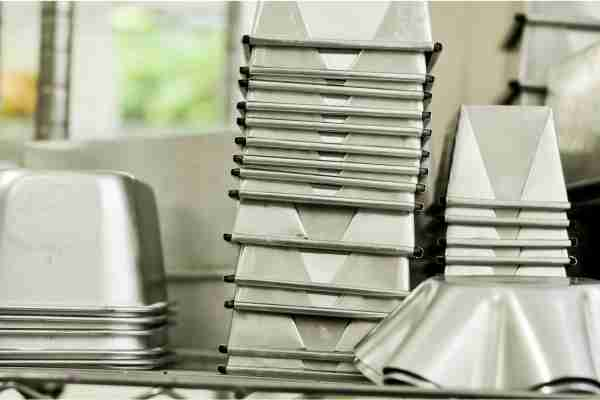
Common Mistakes That Can Damage Your Glassware
Never use metallic utensils or metal wool to clean glass—they’ll depart everlasting scars. Also, avoid soaking bakeware with steel rims, as extended publicity can cause rust.
Why Abrasive Tools Are a Big No-No
Scratches no longer handiest mar the glass’s aesthetic appeal but create micro-grooves wherein grease and dust can settle, compounding cleansing problems.
Conclusion
Your glass bakeware deserves care as meticulous as your cooking. With the proper equipment, strategies, and a little staying power, you can restore it to its unique brilliance. Regular preservation ensures your bakeware remains a sparkling testament in your culinary prowess—because nothing complements a delicious meal pretty like glowing presentation.

